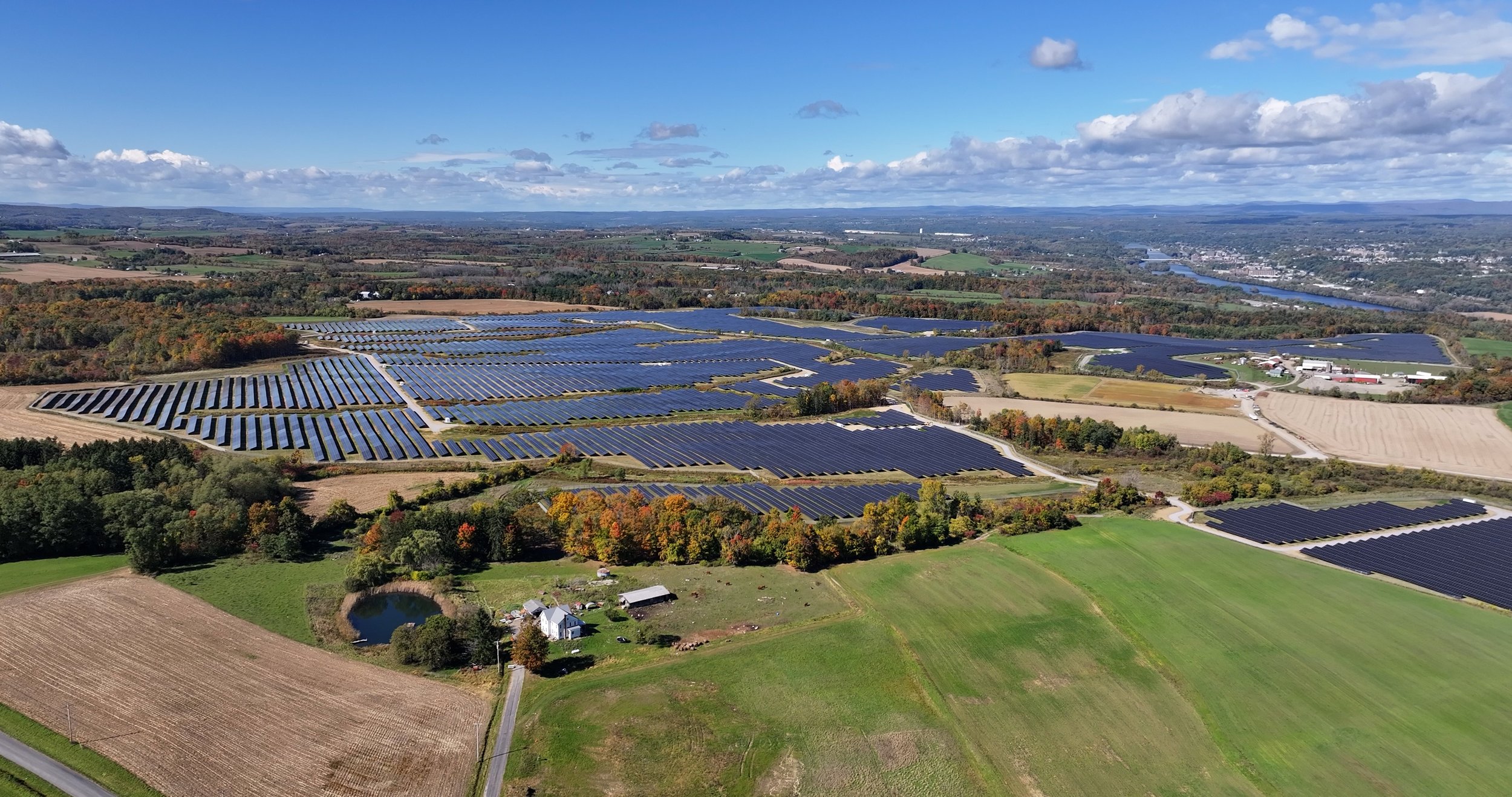
Economic Benefits
With a strong commitment to clean energy, New York is transforming its economy by stimulating investment, advancing technology, and creating jobs in growing sectors such as wind, solar, and energy storage.
Investing in the Community
Workforce Development, Training, and Education
Supply Chain Reinforcement
Community Investments
Renewable energy projects create long-lasting economic value that uplifts entire communities. Investing locally and partnering with residents, these initiatives stimulate sustainable growth across multiple sectors.
HCAs (Host Community Agreements) and PILOTs (Payment in Lieu of Taxes) are two main ways that developers provide the local communities of a project with monetary investments that contribute to any way the governing entity wishes to use it:
Upgrading local infrastructure — such as road repairs, broadband expansion, or water system improvements.
Supporting public services — including funding for schools, emergency responders, or community centers.
Investing in recreational and quality-of-life projects — like parks, trails, or youth and senior programs.
Workforce Development
Bringing long-term employment, hands-on training, and new learning pathways into local communities, renewable energy helps build a skilled workforce that’s ready for today’s jobs and tomorrow’s innovations.
Job Creation Across All Skill Levels
Construction workers and electricians to engineers and site operators, clean energy projects create stable, well-paying union jobs that support local families.Hands-On Training and Skilled Trade Development
Apprenticeships, union partnerships, and technical certifications give workers practical experience that can be used across multiple industries.STEM and Career Education for All Ages
Investments in school programs, college partnerships, and community learning initiatives introduce students and job-seekers to science, technology, and sustainability careers — building skills that apply far beyond energy.
Strengthening Local Supply Chains
From manufacturing and transportation to fabrication and professional services, renewable energy development activates a wide range of local suppliers and contractors.
Whether it’s sourcing steel from nearby fabricators, hiring local electricians, heavy equipment operators and landscapers, or partnering with regional ports, each project creates ripple effects that extend far beyond the worksite. Many developers also commit to “Buy Local” or domestic procurement strategies, helping keep project spending within the community.
Clean energy helps small businesses grow, encourages new companies to enter the market, and builds long-term industrial capacity. Over time, this creates a more resilient, homegrown energy economy — one that reduces reliance on imported materials and ensures local workers and businesses benefit from the transition to cleaner power.




